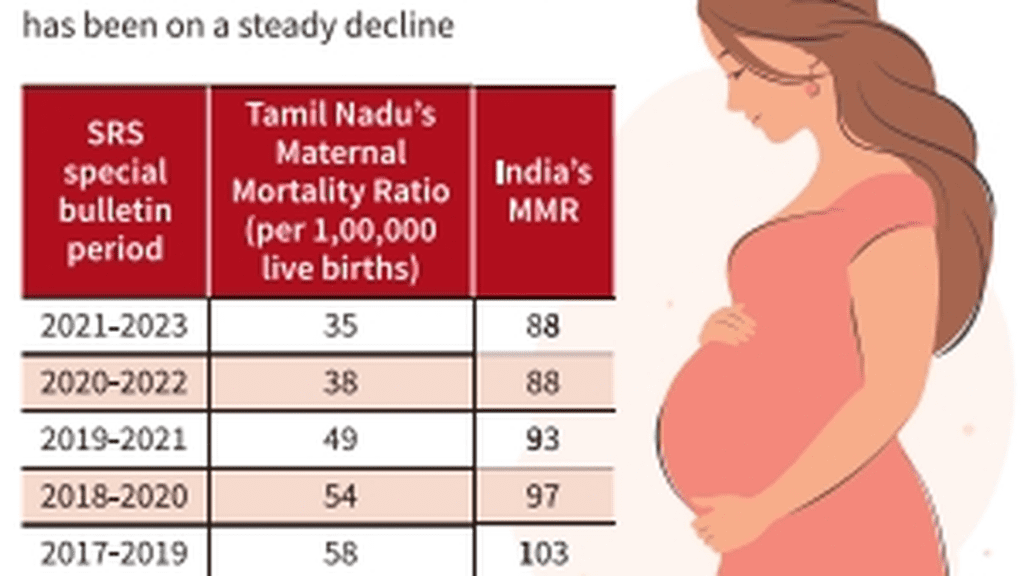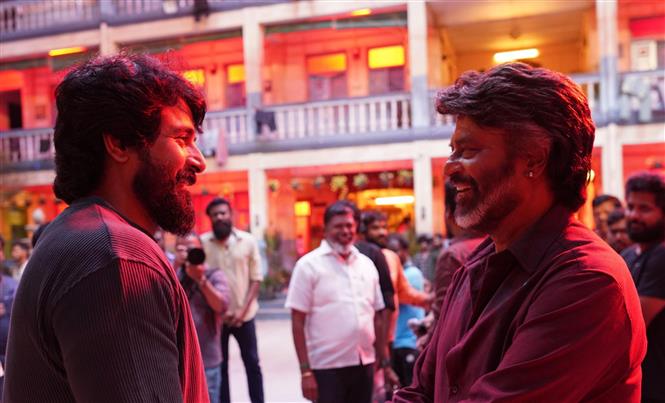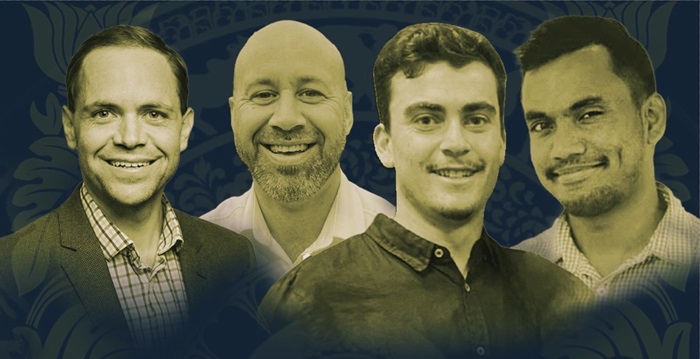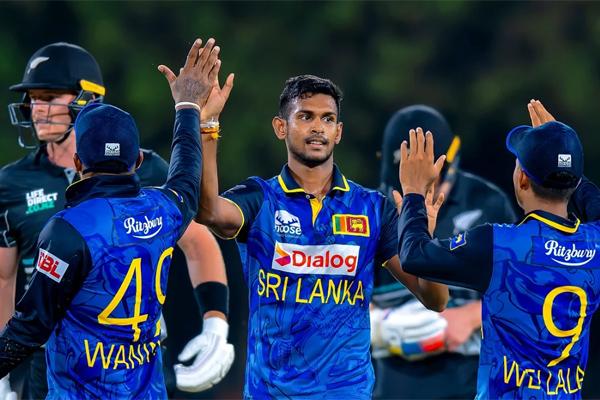Khelo India Winter Games 2025: Medal rush in Gulmarg
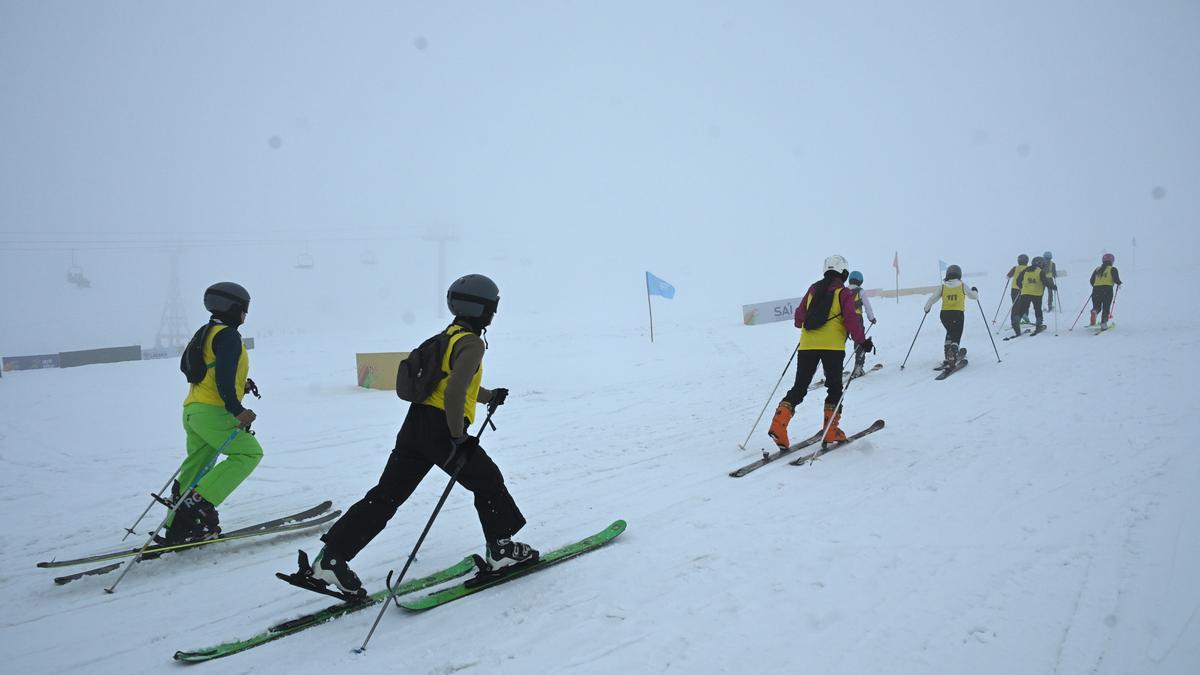
Khelo India Winter Games 2025: Medal rush in Gulmarg
In the last decade or so, Indian sport has undergone a significant transformation due to heavy investment from the public and private sectors. However, this progress has yet to fully extend to winter sports. With approximately 3,000 kilometres (1,864 miles) of mountain ranges, India has always had the potential to be a leader in winter sports, but a lack of robust governance and established tradition has hindered its progress for years.
With the successful completion of the second leg of the Khelo India Winter Games (KIWG) 2025 on the picturesque Kongdoori slopes in Gulmarg, Jammu & Kashmir, it appears India is finally making strides towards becoming a prominent snow sports destination. More than 350 athletes from across the country participated in the second leg of the fifth edition of the KIWG from March 9-12. They competed in four snow disciplines: Alpine Skiing, Nordic Skiing, Ski Mountaineering (SkiMo), and Snowboarding; all of which are Olympic sports.
Despite overcast skies, almost zero visibility, and avalanche warnings, participants and organisers persevered, ensuring the events continued on the foothills of the majestic Pir Panjal range. The collaborative event, organised by the Sports Authority of India (SAI) and the Jammu & Kashmir Sports Council, generated significant excitement throughout the valley, exhibited by the pervasive presence of promotional materials from Srinagar airport to the Gulmarg ski resort.
With increased participation in each edition, KIWG is successfully raising awareness of winter sports in the country. Even the tourists flocking to the famous hill station were captivated by the proceedings. Despite the increased attention, winter sports in general are still in a nascent stage in the country.
As of now, only 16 Indian athletes have participated in the Winter Olympics across 11 editions, and the nation still awaits its first podium finish.
Farhat Naik, the KIWG competition director for snowboarding and India’s national snowboarding coach, believes financial support is the key for Indian athletes to achieve international success.
“Unfortunately, both the government and private entities have still not fully understood the potential of winter sports,” Farhat told Sportstar on the sidelines of KIWG 2025.
Only two Indian snowboarders, Zubair Ahmad Lone and Mehraj Ud Din Khan, competed in the FIS Freestyle Ski and Snowboard World Championships in St. Moritz, Switzerland this year (which started on March 18).
“Every snow sport, including snowboarding, is costly. Athletes need equipment, top training facilities, and exposure to international events, for which they need solid backing. Only Zubair and Mehraj secured sponsorship. You cannot produce elite athletes without investment,” he added.
From 700 athletes in 2023 to over 900 in the latest KIWG, the event has expanded. This expansion aligns with increased international involvement, evidenced by FIS-supported European development camps and a record 59-athlete delegation at the 2025 Asian Winter Games in China. These developments contribute to India’s ongoing preparations for the 2026 Winter Olympics in Milan.
In the past, snow sports were exclusively operated by the Indian Army and were confined to the northern states. However, things are changing, according to Vineet Kumar, Deputy Director General, Sports Authority of India, Netaji Subhas National Institute of Sports, Patiala.
“The growing popularity of winter sports, evidenced by participants from southern, central, eastern, and western states, not just the traditional northern regions, is a very encouraging sign for India. To capitalise on this momentum, we need to create artificial facilities for year-round athlete practice, which will further increase civilian participation and reduce the current reliance on the armed forces,” he explained.
One of the major stumbling blocks for winter sports in India is the lack of facilities. There are still only three key resorts: Manali in Himachal Pradesh; Gulmarg in Kashmir; and Auli in Uttarakhand, where the country’s only International Ski and Snowboard Federation (FIS) approved ski slope is located.
There has also been a lack of National Sports Federation (NSF) accreditation for winter sports federations, which hinders the broader development of the sports.
Priti Thakur, who won gold in women’s snowboarding slalom, highlighted the hardship faced by athletes while progressing from the national stage to the international level.
“To compete at the international level, I require financial support. Coming from a humble background, I lack access to the necessary equipment. Specifically, I need a hardboard for FIS races, which costs approximately ₹2.5 lakhs, as my current softboard is unsuitable,” she said.
The changing weather patterns and the rising global temperature are making things even more complicated. The KIWG 2025 was scheduled for mid-February but had to be postponed due to a lack of snowfall at 2,700 metres above sea level in winter.
“Winter sports are inevitably dependent on weather. Yes, we need more facilities to grow winter sports in the country, especially amid the changing weather patterns. Maintaining natural slopes is also a difficult task,” said Dr. Nadeem Ahmad Dar, one of the directors of SAI.
Amid the shortfalls, SkiMo — a recent addition to the Winter Olympics set to debut in Milan 2026 — is rapidly gaining popularity in India, largely due to its low infrastructure requirements.
“This is an ideal sport for India’s Himalayan regions, offering vast potential for both athletic development and adventure tourism,” opined Praveen Sood, the president of the National Ski Mountaineering Association of India.
Sood, a seasoned skier, also highlighted the broader vision for the sport. “SkiMo is an endurance sport and gives us (Indians) an opportunity to make it to the top. Our mountains are situated at very high altitudes where you get less oxygen, so naturally, athletes develop more endurance practising here. When they go to other international tournaments, that extra stamina will be beneficial,” he explained. The four-day tournament witnessed some remarkable individual performances, with several athletes securing multiple medals. Indian Army’s Rajeshwar Singh (2 gold, 1 silver in ski mountaineering), ITBP’s Kusum Rana (2 gold, 1 bronze in women’s nordic skiing), and Siddharth Gadekar of Maharashtra (1 gold, 1 silver in ski mountaineering), among others.
While the Indian Army dominated the competition by clinching the overall top spot, its familiarity with local conditions proved to be a major contributing factor. However, its overall dominance extends beyond that. For decades, the Armed Forces have been instrumental in developing winter sports in India.
One of the most significant takeaways from this edition of the KIWG is the growing participation and success of states with limited natural topography for winter sports.
Maharashtra’s impressive medal haul (13 medals) and Tamil Nadu’s (five medals) demonstrate the increasing accessibility and appeal of winter sports, transcending geographical limitations.
Several athletes from non-winter sport disciplines have also joined the snow revolution in Gulmarg. Tenzin Dolma, the 40-year-old ultra-trail runner from Manali, bagged the gold in the ski mountaineering women’s vertical event in only her first-ever KIWG appearance.
Urmila Pable of Maharashtra reached the podium in the women’s snowboarding slalom event. The 21-year-old athlete from Navi Mumbai, a professional skateboarder who represented India in Olympic Qualification in 2023, won the bronze. Apart from them, several cross-country cyclists also took part in the four-day event.
While India is still waiting for an athlete to qualify for Milan 2026, its winter sports potential is gaining momentum.
During the closing ceremony, the Union Minister of Youth Affairs & Sports, Mansukh Mandaviya, announced plans to transform Gulmarg into a premier winter sports hub.
This vision can drive increased participation in winter sports and boost the development of mountain communities in India.
Climbing mountains either on skis or carrying them, depending on the steepness of the ascent, before descending on skis. Vertical – Sprint – Relay
Descending a snow-covered surface while standing on a snowboard, which is almost always attached to the feet. Slalom – Giant Slalom
Participants ski down a snow-covered mountain slope as quickly as possible. Slalom – Giant Slalom
The toe of the ski boot is fixed to the binding, allowing the heel to rise off the ski, unlike alpine skiing, where the boot is attached from toe to heel. 10 km – 5 km – 15 km



